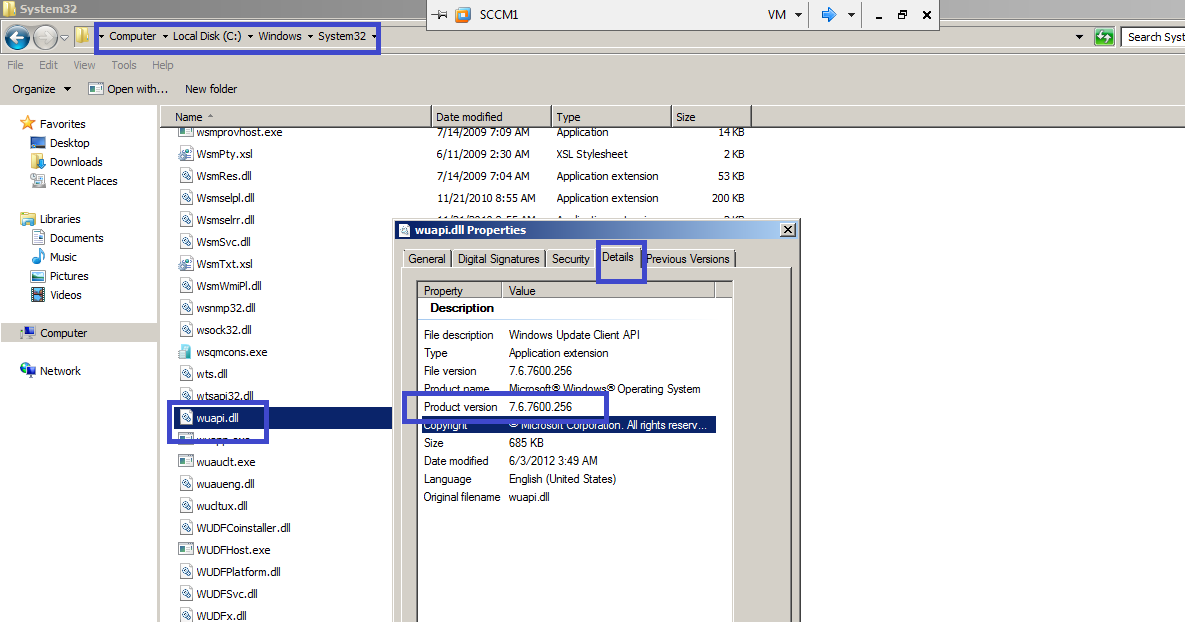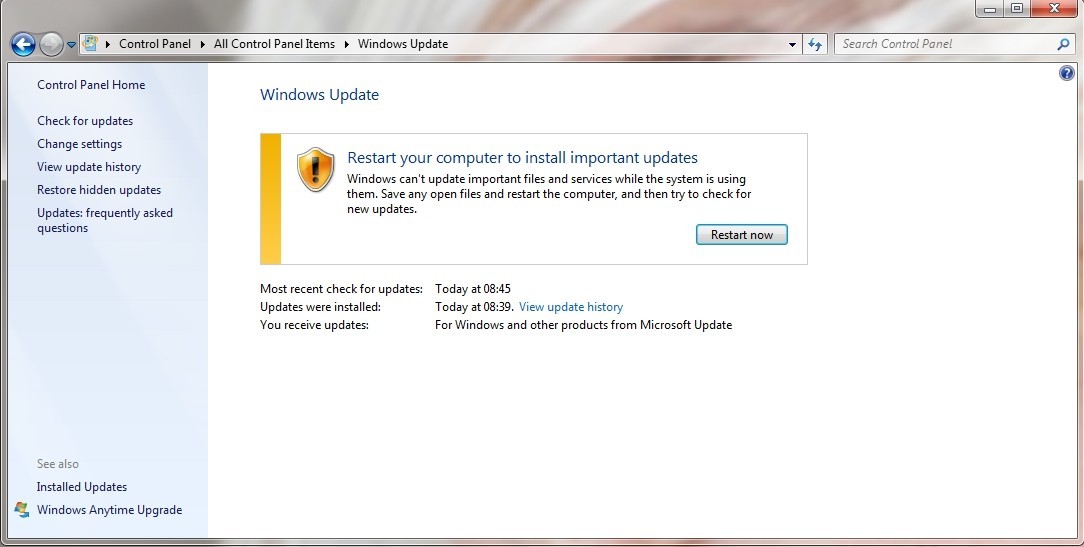

- WINDOWS CRITICAL UPDATES HOW TO
- WINDOWS CRITICAL UPDATES INSTALL
- WINDOWS CRITICAL UPDATES UPDATE
- WINDOWS CRITICAL UPDATES WINDOWS 10
- WINDOWS CRITICAL UPDATES SOFTWARE
WINDOWS CRITICAL UPDATES UPDATE
WINDOWS CRITICAL UPDATES INSTALL
WINDOWS CRITICAL UPDATES WINDOWS 10
Windows 10: All Windows Updates in Windows 10 are automatic. To automatically install Microsoft Service Packs and other updates, do the following: Click to download the Service Pack for your specific operating system.Locate the newest Service Pack for your operating system.Type in “Windows service packs” (for example, Windows 7).To manually install Microsoft Service Packs, do the following: Do not rely on Service Packs to receive regular security updates. Keep in mind that Service Packs are not delivered on a regular basis, and many of Microsoft’s operating systems only receive one or two Service Packs during their support cycle. The process for this will be slightly different, depending on which version of the Windows operating system you’re using. You can download Service Packs for Windows manually or automatically through your operating system settings. The “reliability” Microsoft mentions here is quite often the patching of security flaws, although a Service Pack will contain a large number of different fixes for issues beyond just security problems. The company explains that a Service Pack “ is a Windows update, often combining previously released updates, that helps make Windows more reliable.” One known method the company uses is through what they call Service Packs. Microsoft rolls out updates to their operating systems using a few methods. However, there are some ways to help cover a larger number of applications and operating systems quickly, including allowing many applications to automatically install those updates for you.
WINDOWS CRITICAL UPDATES SOFTWARE
How a software developer chooses to make updates available will change, depending on which developer or company made the software. Unfortunately, there’s no “one way” to perform security updates.
WINDOWS CRITICAL UPDATES HOW TO
How to install security updates and software updates for operating systems Security updates may feel like a hassle, but they’re usually here to help keep your computer more secure. Ultimately, they may steal your data, destroy your data, or completely shut down the affected program or operating system. What’s happening is that these companies, through one means or another, are locating security flaws in their software that could allow hackers to compromise the software or even your entire computer system using malware or other means.

However, those security updates that software companies push out to you are not inconsequential.

For enterprises, especially, this kind of work disruption on a large scale is extremely expensive, even when the update is free. On occasion, they require you to stop what you’re doing on your computer and can cause significant work disruptions as your computer is unusable for fifteen, twenty, or even thirty minutes at a time (or more, depending on how many updates you’ve ignored). It’s understandable why you might try to ignore these updates, especially for your operating system. To help readers save time, we’ve gathered information on how to manage updates on all major computer and mobile operating system, as well as a handful of important, integrated applications. Finding information on security updates, including how to properly install them, can also be time-consuming. Far too often, many consumers ignore these critical security updates pushed out either by application developers or operating system companies like Microsoft or Apple. At some point in time, if you’ve used a computer or a piece of software long enough, you’ve probably seen several messages pop up asking you to install security updates.


 0 kommentar(er)
0 kommentar(er)
